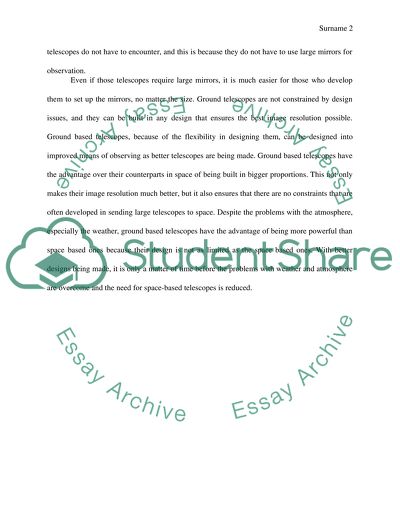Cite this document
(“Pros/Cons of space vs ground-based observing Research Paper”, n.d.)
Retrieved from https://studentshare.org/physics/1472112-pros-cons-of-space-vs-ground-based-observing
Retrieved from https://studentshare.org/physics/1472112-pros-cons-of-space-vs-ground-based-observing
(Pros/Cons of Space Vs Ground-Based Observing Research Paper)
https://studentshare.org/physics/1472112-pros-cons-of-space-vs-ground-based-observing.
https://studentshare.org/physics/1472112-pros-cons-of-space-vs-ground-based-observing.
“Pros/Cons of Space Vs Ground-Based Observing Research Paper”, n.d. https://studentshare.org/physics/1472112-pros-cons-of-space-vs-ground-based-observing.


